DRT Full Form - Debt Recovery Tribunal
by Shashi Gaherwar
0 1894
Debt Recovery Tribunal (DRT): Functions, Jurisdiction, and Legal Framework
The Debt Recovery Tribunal (DRT) is a specialized body in India that expedites bad loan recovery for banks and financial institutions, reducing financial risks and ensuring stability.
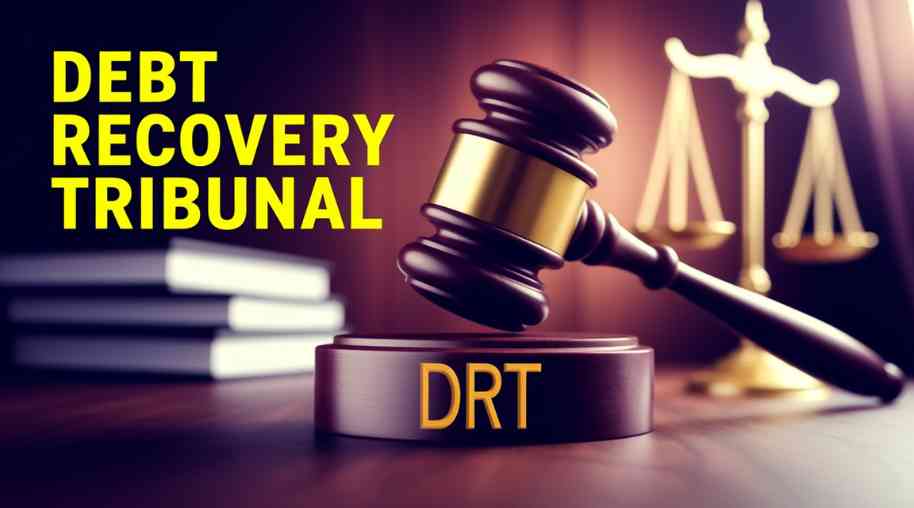
This article examines the functions, jurisdiction, procedures, and impact of DRTs.
What is a Debt Recovery Tribunal?
A DRT adjudicates debt recovery cases above ₹20 lakh, enabling banks to recover dues efficiently under the SARFAESI Act, 2002, faster than civil courts.
Jurisdiction of DRT
DRTs handle:
- Loan Defaults: Cases exceeding ₹20 lakh.
- SARFAESI Actions: Recovery under the SARFAESI Act.
- Creditor Appeals: Against secured creditor actions.
- Bank Claims: For debt recovery.
DRTs exclude:
- Small Loans: Disputes below ₹20 lakh.
- Individual Cases: Claims against banks.
- NBFCs: Unless permitted.
Structure and Composition of DRT
DRT composition includes:
- Presiding Officer: A judicially experienced judge.
- Recovery Officer: Executes recovery orders.
- Support Staff: Handles administrative tasks.
- Appellate Authority: Appeals go to DRAT with 50% deposit.
Procedure for Filing a Case in DRT
DRT case process:
- Filing Application: Creditor submits under RDDBFI Act with loan details.
- Notice Issuance: Borrower notified to respond.
- Proceedings: Parties present evidence and arguments.
- Recovery Certificate: Issued for asset recovery.
- Appeal: To DRAT within 30 days.
Role of the SARFAESI Act in Debt Recovery
The SARFAESI Act enables:
- Asset Seizure: Banks recover without court intervention.
- Borrower Appeals: Against wrongful seizures at DRT.
- Quick Resolution: Faster than civil courts.
Advantages of Debt Recovery Tribunals
DRTs offer:
- Faster Resolution: Quicker than civil courts.
- NPA Reduction: Recovers non-performing assets.
- Creditor Protection: Ensures timely debt recovery.
- Borrower Appeals: Legal recourse for wrongful actions.
- Specialization: Focused debt expertise.
Challenges Faced by DRTs
DRTs face:
- Case Backlog: Delays from high NPA cases.
- Resource Shortages: Limited staff and officers.
- Defaulter Tactics: Exploiting legal loopholes.
- Appeals: Slowed by DRAT/High Court filings.
- Jurisdictional Conflicts: Overlaps with IBC.
Recent Reforms and Government Initiatives
Reforms for DRTs include:
- More DRTs: Expanded tribunal network.
- Digitalization: Online case filing.
- SARFAESI Amendments: Stronger enforcement.
- NBFC Inclusion: Enhanced recovery roles.
Debt Recovery Tribunals (DRTs) are vital for financial stability, enabling efficient loan recovery while protecting borrower rights. Addressing backlogs and legal complexities will enhance their effectiveness.
Further Learning Resources
If you’re passionate about building a successful blogging website, check out this helpful guide at Coding Tag – How to Start a Successful Blog. It offers practical steps and expert tips to kickstart your blogging journey!
For dedicated UPSC exam preparation, we highly recommend visiting www.iasmania.com. It offers well-structured resources, current affairs, and subject-wise notes tailored specifically for aspirants. Start your journey today!

Share:

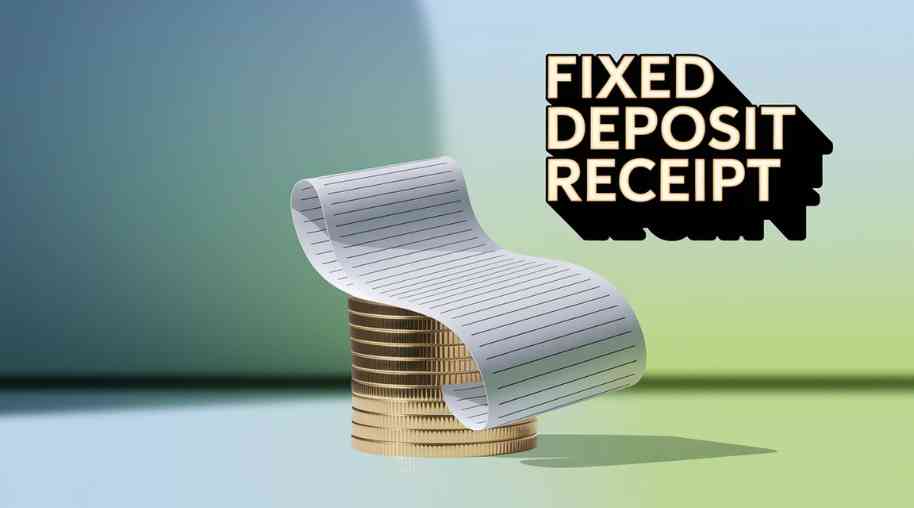
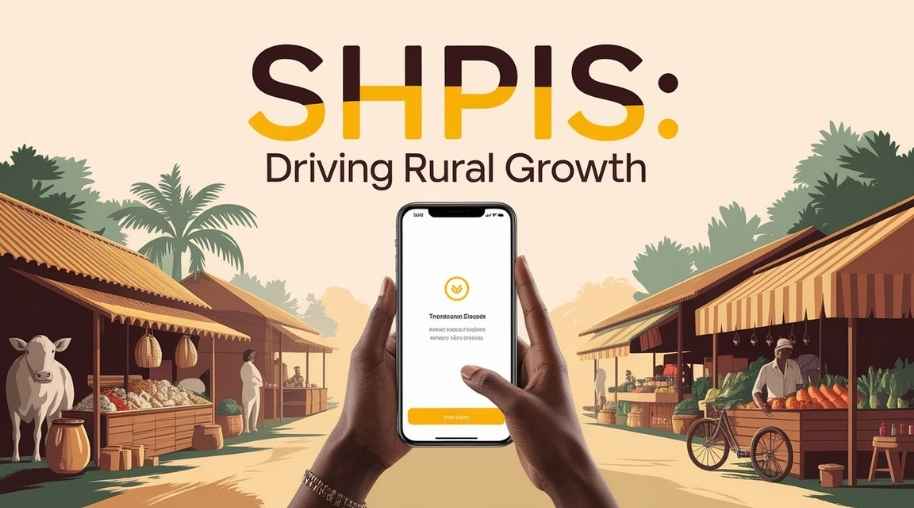
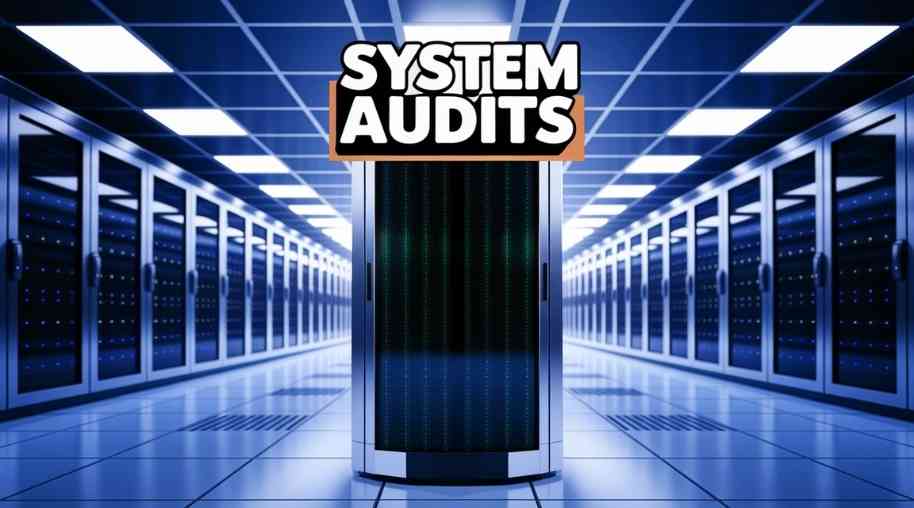
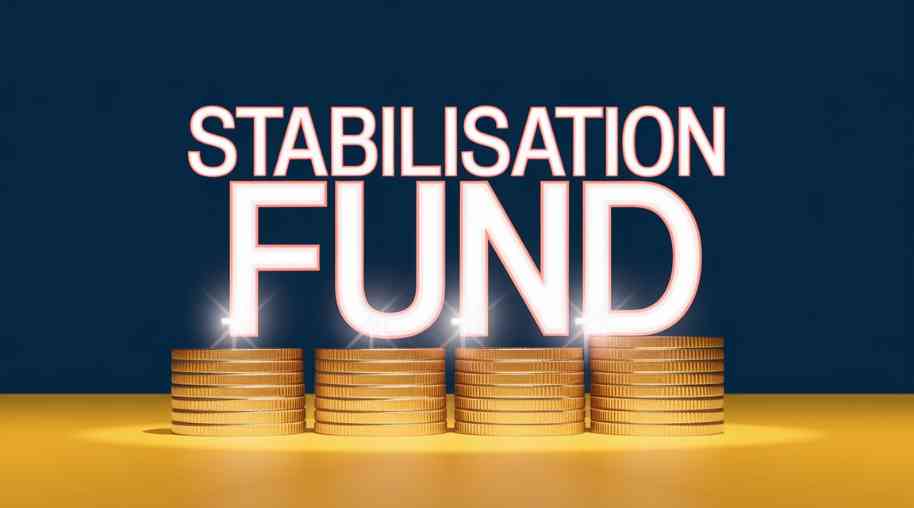



Comments
Waiting for your comments